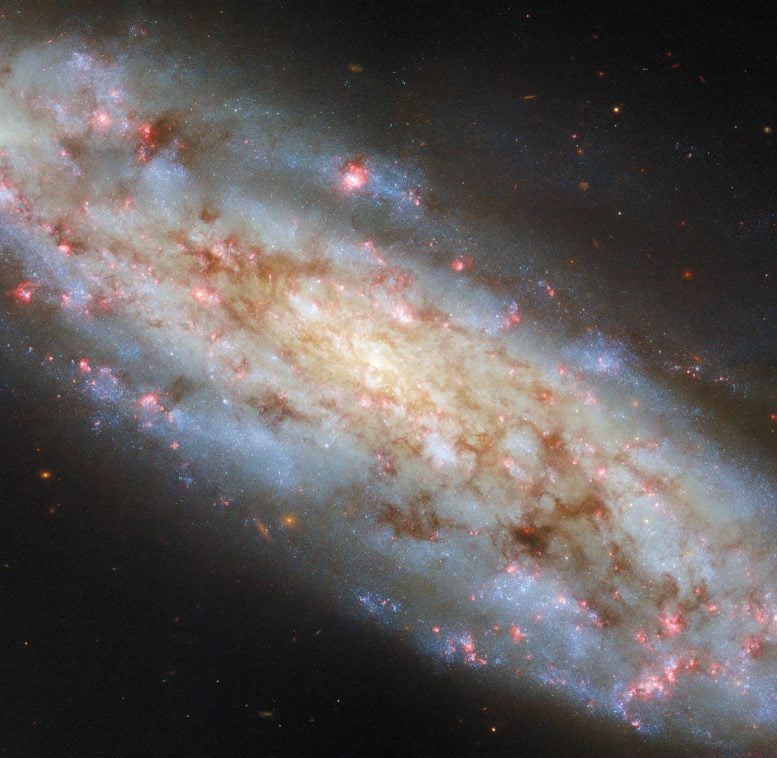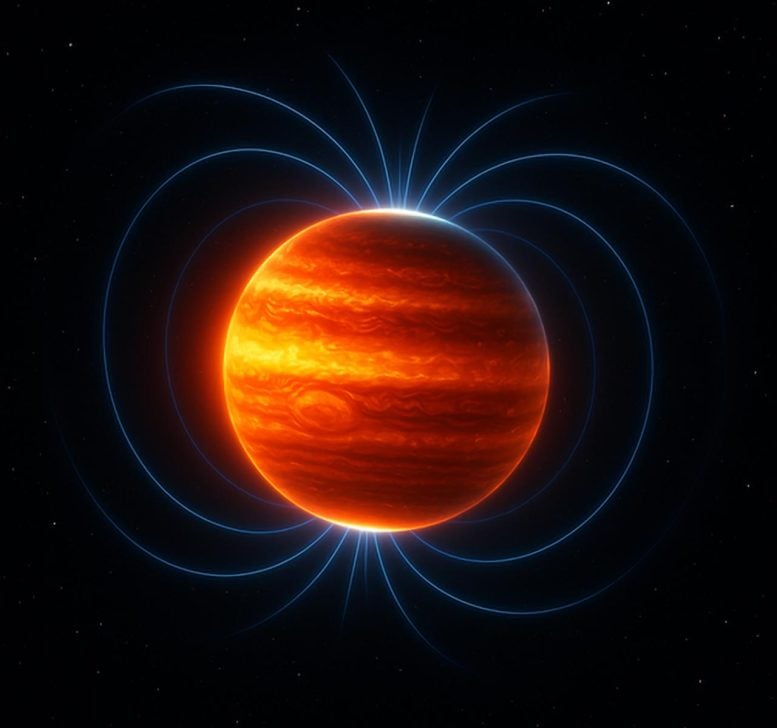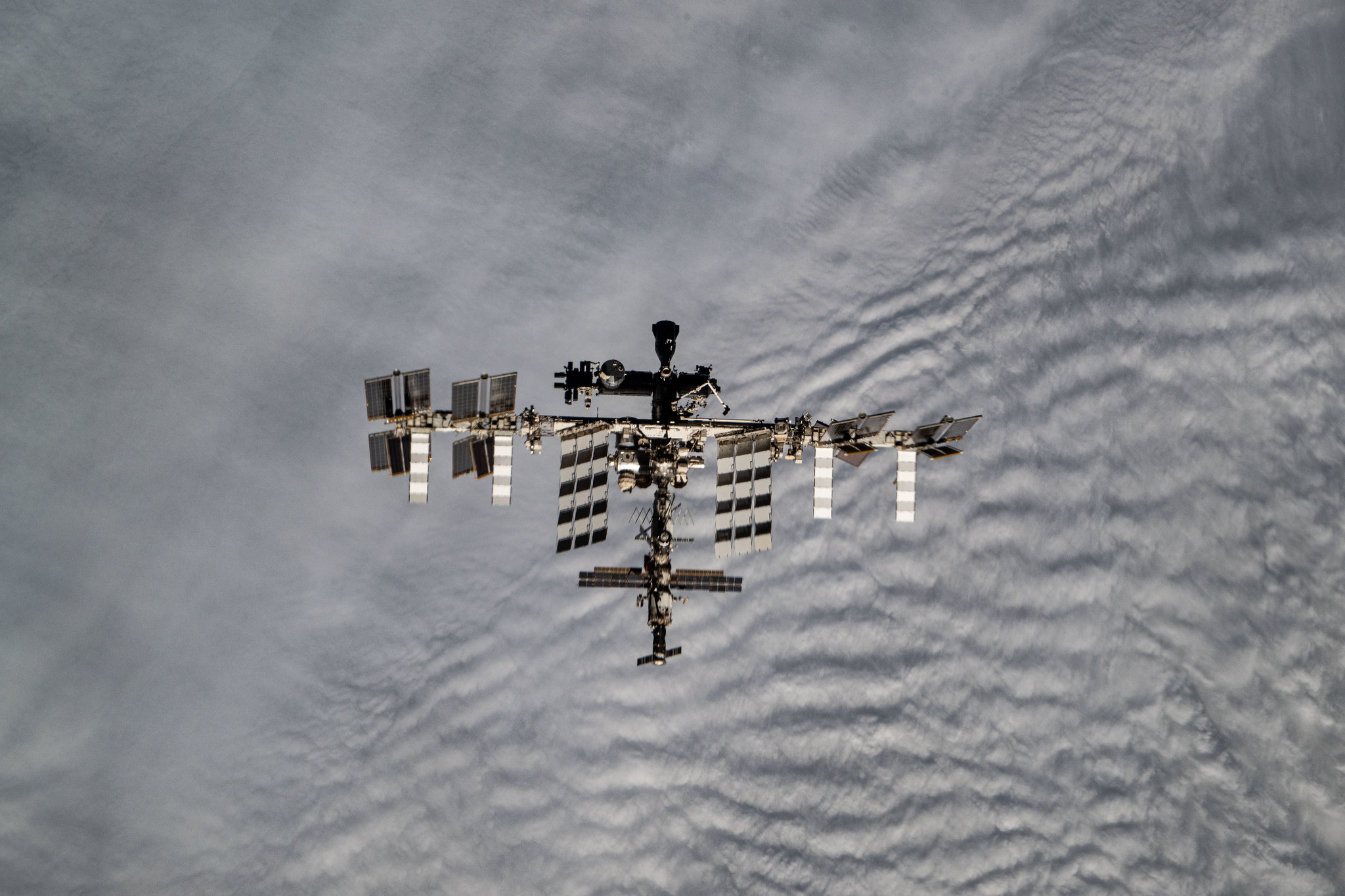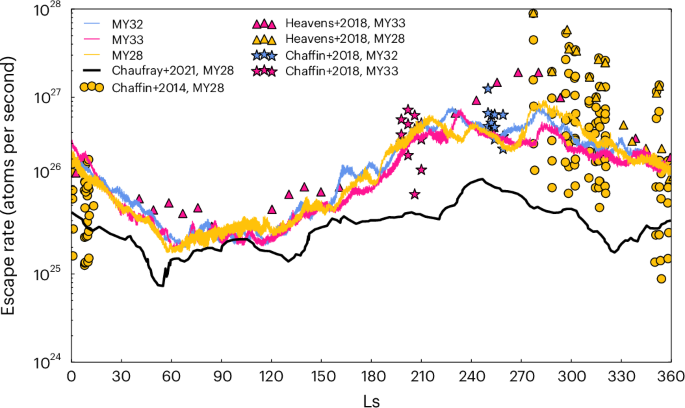The United States Space Force, America’s newest military branch, executes its mission with roughly 9,400 military personnel and an additional 5,000 civilian employees. This is a fraction of the size of other services: the Army boasts…
Category: 2. Space
-

Station Nation: Meet Megan Harvey, Utilization Flight Lead and Capsule Communicator
Megan Harvey is a utilization flight lead and capsule communicator, or capcom, in the Research Integration Office at NASA’s Johnson Space Center in Houston. She integrates science payload constraints related to vehicles’ launch and landing…
Continue Reading
-

Hubble Captures a Tilted Spiral Galaxy Ablaze with Baby Stars and Glowing Gas
NGC 3511, a beautifully inclined spiral galaxy 43 million light-years away, has been captured by the Hubble Space Telescope in spectacular detail. Suspended in the constellation Crater, the galaxy is under scrutiny for its dynamic star-forming…
Continue Reading
-

Twice the Size and 50x the Power: Jupiter’s Primordial Past Revealed
Jupiter wasn’t always the planet we know today—it was once twice as big, had a magnetic field 50 times stronger, and its early might shaped the very architecture of our solar system. Using the orbits of two tiny inner moons, scientists have…
Continue Reading
-

Gas location drives star formation in distant galaxies
Researchers at the International Centre for Radio Astronomy Research (ICRAR) made the discovery about galaxies by studying the gas distribution that helps create stars.
Using CSIRO’s ASKAP radio telescope located at Inyarrimanha Ilgari Bundara,…
Continue Reading
-

NASA says long-running budget shortfalls may lead to ISS crew and research reductions
WASHINGTON — NASA says a “multi-year” budget shortfall even before the proposed cuts in the fiscal year 2026 budget request have led the agency to consider reductions in crew size and research on the International Space Station.
At a…
Continue Reading
-

Increased hydrogen escape from Mars atmosphere during periods of high obliquity
Carr, M. H. Water on Mars. Nature 326, 30–35 (1987).
Google Scholar
Bibring, J.-P. et al. Perennial water ice identified in the south polar cap of Mars. Nature 428, 627–630 (2004).
Continue Reading
-
Real-time changes from Europa’s surface
Europa’s icy surface presents a variety of morphological features, indicative of an active environment exchanging materials with the ice shell and its underlying ocean. Such materials subsequently get modified by the strong radiation which Europa…
Continue Reading
-
Slow-moving magnetar a new breed?
Magnetars are observationally rare, highly magnetic neutron stars, potentially arising from core-collapse supernovae. However, other origins have been suggested: stellar mergers or an induced collapse within a progenitor binary system….
Continue Reading
-
Surprisingly faint first galaxies | Nature Astronomy
A puzzling feature of cosmic dawn is that bright galaxies in the redshift range 10 < z < 15 are overabundant relative to HST-based expectations but have so far evaded detection at higher redshifts, despite JWST’s technical capacity to do so….
Continue Reading
